Reinstallation highlights new acquisitions and a rotating series of loans from the Tia Collection, amplifying the voices of contemporary Native artists and communities
Speed Art Museum press announcement
Louisville, KY, March 27, 2024 – Marking a major milestone in the comprehensive reinstallation of its permanent collection that began in 2022, the Speed Art Museum will open its newly expanded and reimagined galleries of Native American art on April 4, 2024. Curated by the Speed’s Curator of African and Native American Collections, Dr. fari nzinga, with input from Native artists, curators, and culture-bearers, The Speed Collects: Native American Art will feature works from the museum’s collection alongside new interpretive text, while also showcasing recent acquisitions and notable loans of modern and contemporary Indigenous art, introducing new context and perspectives.
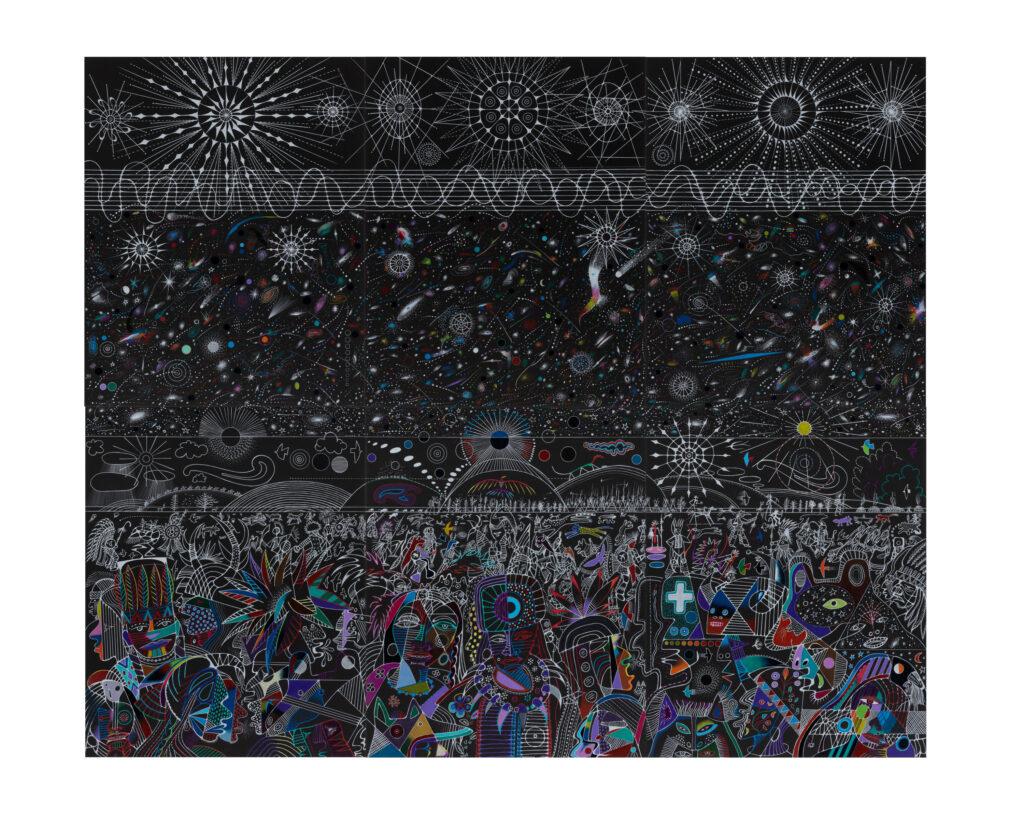
The new installation signals the Speed’s updated approach to curating and displaying its Native American art collection, moving away from an anthropological and historicizing view to one that celebrates living artistic practice and presence. Relocated to a larger and more central space within the Museum, the new gallery places works in conversation with surrounding galleries and creates a more vibrant and engaging visitor experience, bringing objects out of glass display cases and adding new interpretive text that foregrounds Native voices, including quotes from the artists themselves and contributions from Native curators and scholars.
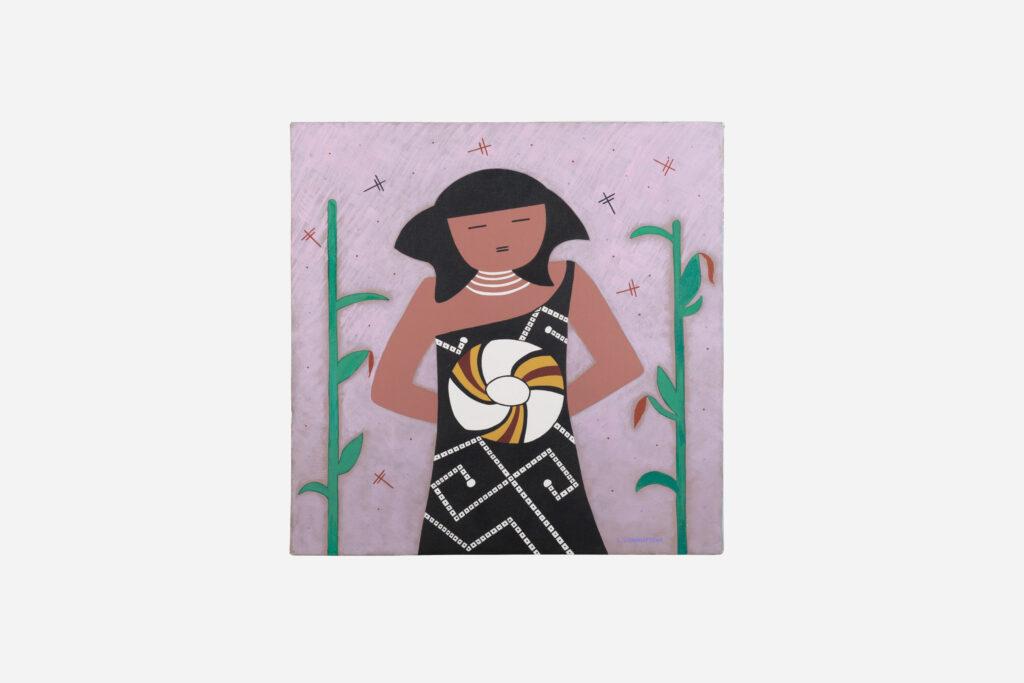
“The Speed’s deep research and collaboration with Native communities throughout this reinstallation—establishing important relationships we will continue to invest in—exemplifies the authentic relationships and representation that we aim to bring to all aspects of our work,” said Speed Art Museum Director Raphaela Platow. “We look forward to welcoming visitors into this transformed space as we continue to strengthen the Museum’s role as a place of belonging, where visitors can see their identities and experiences reflected through art.”
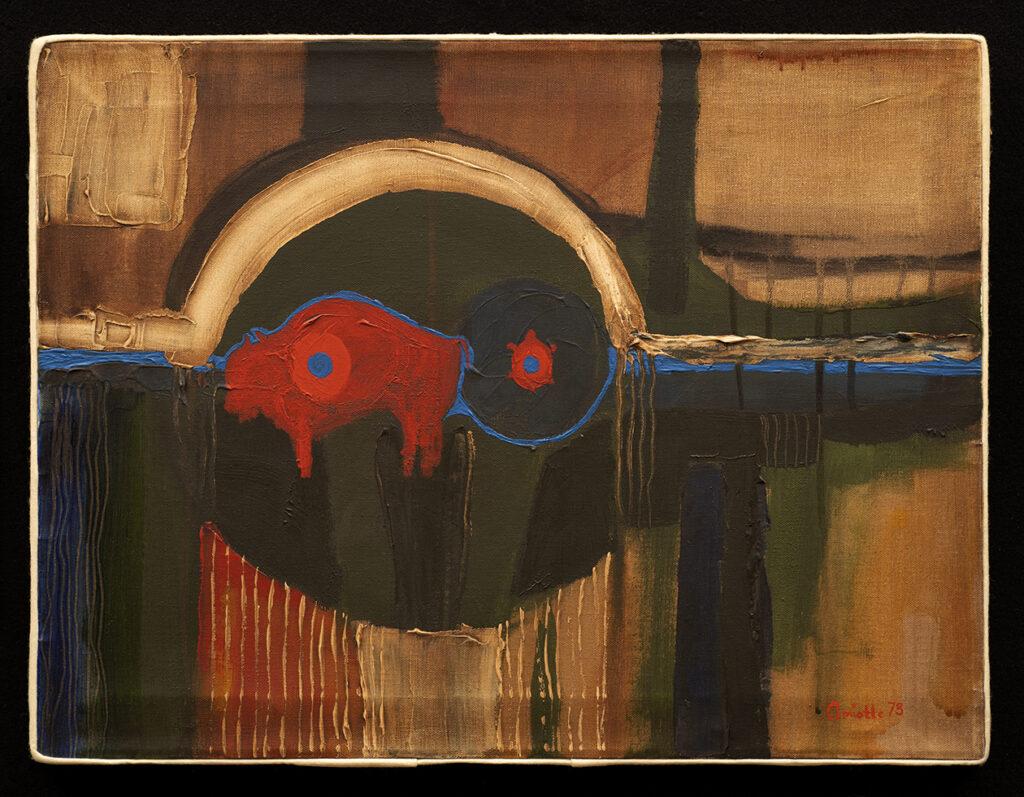
Highlights of the reinstallation include nine recent acquisitions and loans, on view for the first time, that bring contemporary Indigenous art into the conversation, infusing the predominantly early 20th-century collection with a new array of later 20th- and 21st-century works spanning painting, textile, sculpture, and works on paper. Among the five new acquisitions is a notable work on paper by Chris Pappan, a Chicago-based artist of Osage, Kaw, Cheyenne River Sioux, and mixed European heritage. Four major loans from the Santa Fe-based Tia Collection—a painting by Linda Lomahaftewa (Hopi-Choctaw), a Diné dye chart by Vera Myers (Diné), a work on paper by Frank Big Bear (Ojibwe), and a painting by acclaimed artist, educator, and art historian Arthur Amiotte (Oglala Lakota)—will establish a rotating series of works by contemporary Native artists, refreshed annually to bring new perspectives to the Museum.

“This reinstallation has been guided by the awareness of our responsibility to showcase the breadth of Native American art in a thoughtful and intentional way—reconsidering what we display, how, and why; honoring the living context of ceremonial and collectively held objects; and bringing the voices of contemporary Native artists, curators, and scholars into the gallery directly,” said Dr. fari nzinga, Curator of African and Native American Collections at the Speed. “With the reopening of the galleries, we are excited about the possibilities of this new forum for meaningful programming and continued research in active collaboration with Native communities.”
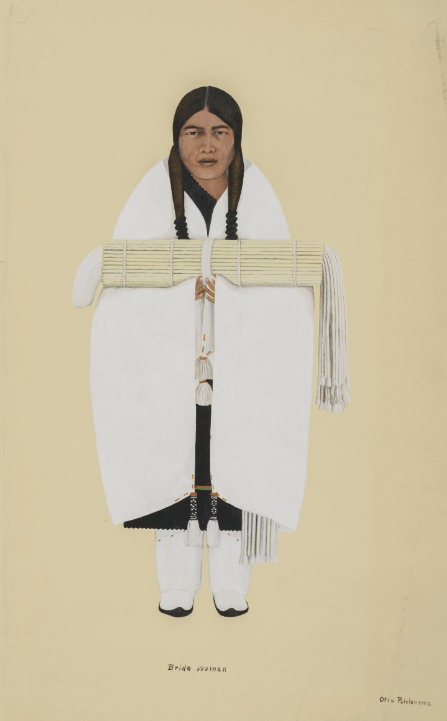
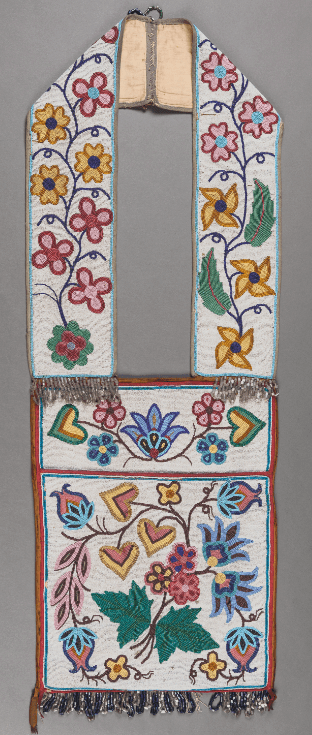
The Speed laid the groundwork for this reinstallation in 2023 with the decision to relocate the Native American art galleries, temporarily removing the collection from view in order to prioritize provenance research and establish relationships with Tribal leaders and liaisons, proactively opening up the entire collection for review to ensure respectful and appropriate display practices, as well as compliance with federal law, including the Native American Graves Protection and Repatriation Act (NAGPRA). Following the reopening of the galleries, the Speed will continue this ongoing dialogue, inviting Tribes to visit the Museum and view the collection firsthand for further consultation.
Inaugural programming included a gallery talk led by Dr. nzinga and curatorial intern Sirene Martin, who played a key role in the reinstallation. A free Community Day on Sunday, April 28, will feature a public conversation with members of the Speed’s Native American Advisory Council, which supports the Speed’s work to identify objects to prioritize for NAGPRA consultation, guides research and interpretation efforts, and helps connect the Museum with artists. The reinstalled galleries will enable the Speed to deepen its engagement with local Native communities and expand its community programming around Native American art, with an emphasis on artist talks and other programs led by Native culture-bearers.
With the opening of the new Native American galleries, the Speed’s reinstallation initiative—the first major overhaul of its permanent collection since 2016—is more than halfway to completion. Later this year, the Museum will unveil The Speed Collects: Into a Modern World, reframing its celebrated 19th- and 20th-century collections around new thematic arrangements; a suite of contemporary galleries; and The Kentucky Gallery Reimagined, updating the display of its unrivaled collection of works by Kentucky artists to explore the diverse histories and artistic traditions of the Bluegrass state. Guided by the Speed’s community-driven approach to curation and programming, the institution-wide reinstallation places contemporary and historical works in new contexts to spark reflection and conversation around timely cultural issues. Across the reinstallation, the Speed is bringing 30% more art out of storage and highlighting new acquisitions, commissions, and loans, with a focus on artists who have historically been marginalized and underrepresented in the canon.
To learn more about The Speed Collects: Native American Art, visit speedmuseum.org/from-the-speed-collection-native-american-art.
About the Speed Art Museum
The Speed Art Museum in Louisville, Kentucky, is the state’s oldest and largest art museum and has served as a vital cultural resource for the Louisville community and the wider region for nearly 100 years.
The Speed’s ever-growing encyclopedic collection, timely exhibitions, and community-driven programming explore contemporary issues and inspire meaningful personal experiences through the transformative power of art, sparking new conversations and creating opportunities for dialogue. Located on the campus of the University of Louisville but operating as an independent nonprofit institution, the Speed provides visitors from around the world with opportunities to engage with art through public and academic programs, screenings at the Speed Cinema, family offerings in the Art Sparks interactive learning gallery, and more.
Fulfilling its mission of inviting everyone to celebrate art forever, the Speed is committed to creating a welcoming and accessible space for the community, including free admission on Sundays, Community Connections artmaking programs, and the Speed For All free membership. For more information, visit www.speedmuseum.org.
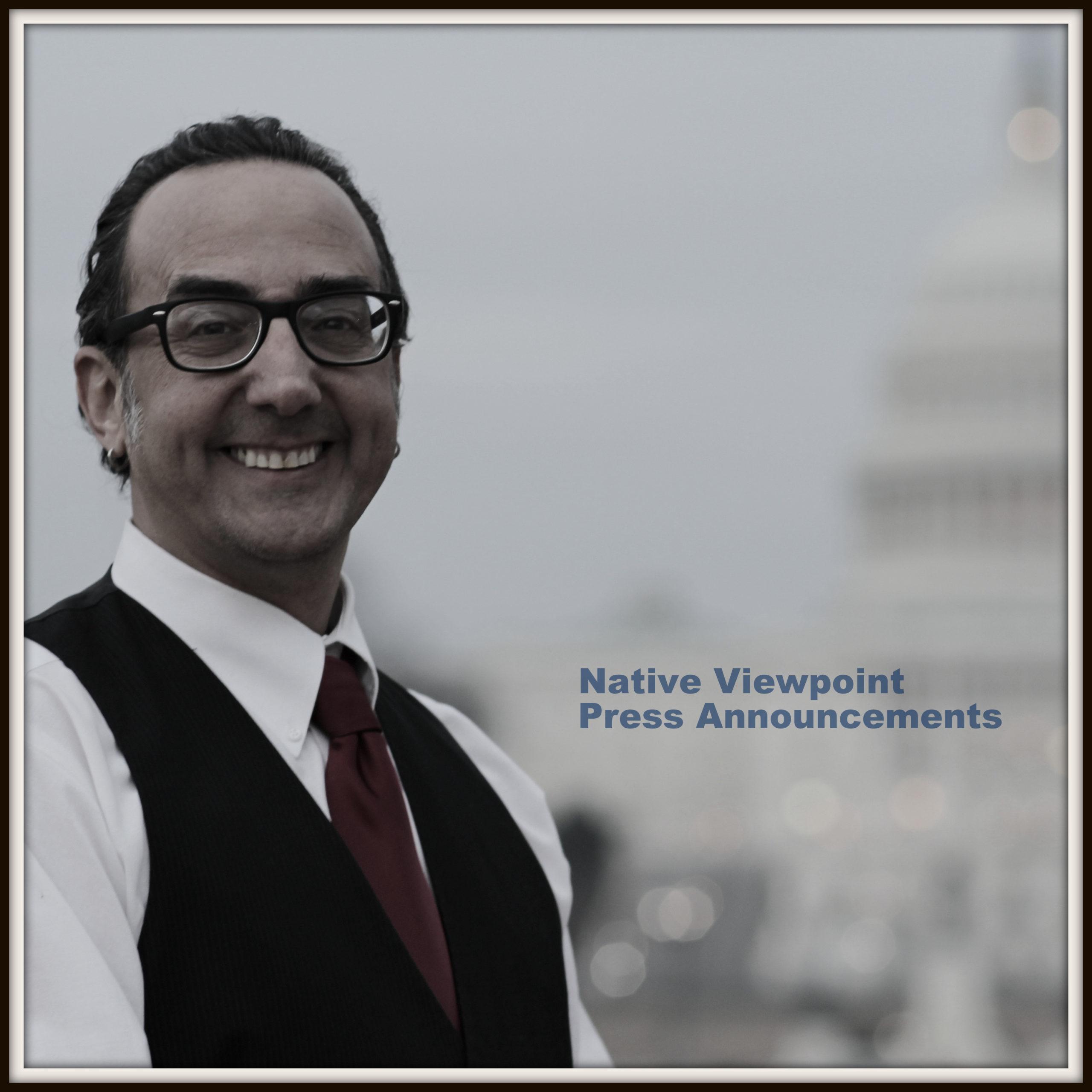
Posts from the Native Viewpoint Editorial Team include news releases, surveys, general news topics and more.
Support Native Viewpoint a Native multimedia website, by clicking here.